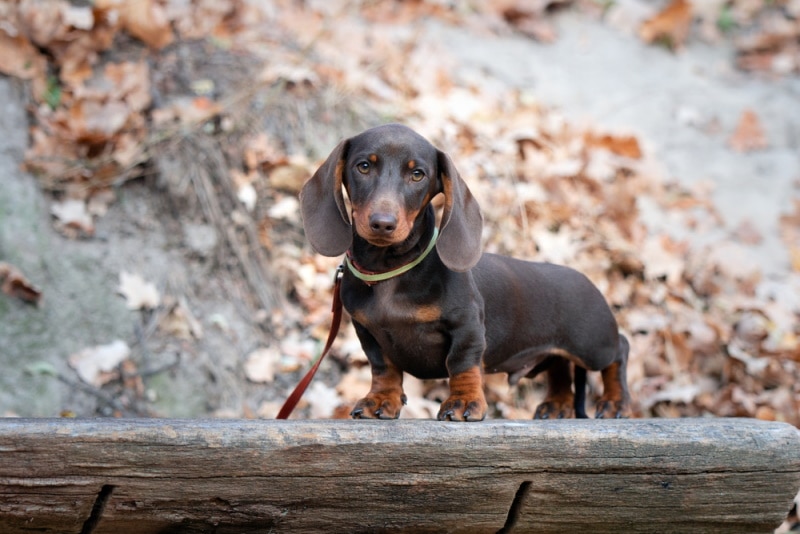Miniature Dachshunds, with their distinctive elongated bodies and short legs, have captured the hearts of dog lovers worldwide. Understand how big do mini dachshunds get? Simply put, their unique physique makes them prone to specific health issues, particularly when their weight isn’t properly managed. As a responsible owner, grasping the nuances of your mini Dachshund’s size is paramount for ensuring their long-term health and happiness.

Facts About Mini Dachshunds
Intriguing Information About Miniature Dachshunds Before we delve into the maximum size of Miniature Dachshunds, let’s explore some interesting trivia about this breed that you may find surprising.
The Badger Dog
The Miniature Dachshund shares its history with the Standard variety, although the Miniature is a more recent development. They were first bred in Germany approximately 600 years ago. Their elongated bodies and short statures were specifically designed to assist them in badger hunting, which is why they are often referred to as “badger dogs.”
Liberty Hounds
Liberty Pups Due to their high popularity in Germany and their status as the national emblem, Dachshunds lost their appeal in the United States during World War I. They were renamed Liberty Hounds and were often subjected to anti-German sentiment prevalent at that time.
Several Coat Colors and Types
Variety of Coat Colors and Textures Unlike many other dog breeds that are restricted to specific coat types or colors, Dachshunds, including both varieties, have a wider array of fur types and colors. They can have short, wire-haired, or long coats in shades of red, black, chocolate, blue, cream, and tan.

How big do mini dachshunds get ?
The Miniature Dachshund, despite belonging to the same breed as the Standard Dachshund, is distinctly smaller in terms of both weight and length. In contrast to the adult Standard Dachshund, which typically weighs between 16 to 32 pounds, a Dachshund is classified as Miniature if it weighs 11 pounds or less.
The weight of your puppy may fluctuate, but here is a general growth guide outlining the average weight and length for this breed. By comparing your Miniature Dachshund’s growth progress with this chart, you will be more equipped to assess how well your puppy is developing.
Interestingly, some Miniature Dachshunds can deliver standard-sized Dachshund puppies. Although it might be a letdown if you were anticipating a Miniature, rest assured that your puppy will be equally lively and affectionate.
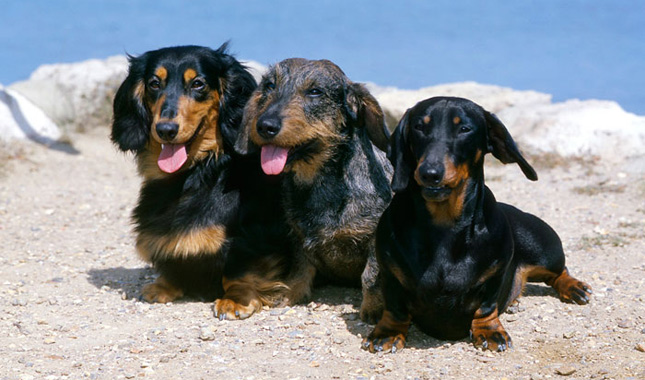
Growth Chart
| Age | Weight Range | Length Range |
|---|---|---|
| Birth | 3.5 – 5.5 ounces (100-160g) | – |
| 1-2 weeks | Doubles birth weight | – |
| 2 weeks | 7-11 ounces (200-320g) | – |
| 3 weeks | 10-15 ounces (280-430g) | – |
| 4 weeks | 12-18 ounces (340-510g) | – |
| 5 weeks | 14-21 ounces (400-600g) | – |
| 6 weeks | 1.5-2.2 pounds (0.7-1 kg) | – |
| 8 weeks | 2-4 pounds (0.9-1.8 kg) | – |
| 3 months | 3-5 pounds (1.4-2.3 kg) | – |
| 4 months | 4-7 pounds (1.8-3.2 kg) | – |
| 6 months | 7-10 pounds (3.2-4.5 kg) | – |
| 12 months (1 year) | 8-11 pounds (3.6-5 kg) | 5-7 inches (13-18 cm) |
Notes:
- The length range (measured from shoulder to tail base) is specified as 5-7 inches (13-18 cm) throughout most of their growth stages, reflecting the standard size for Mini Dachshunds. Length may vary slightly based on individual variation and breed standards.
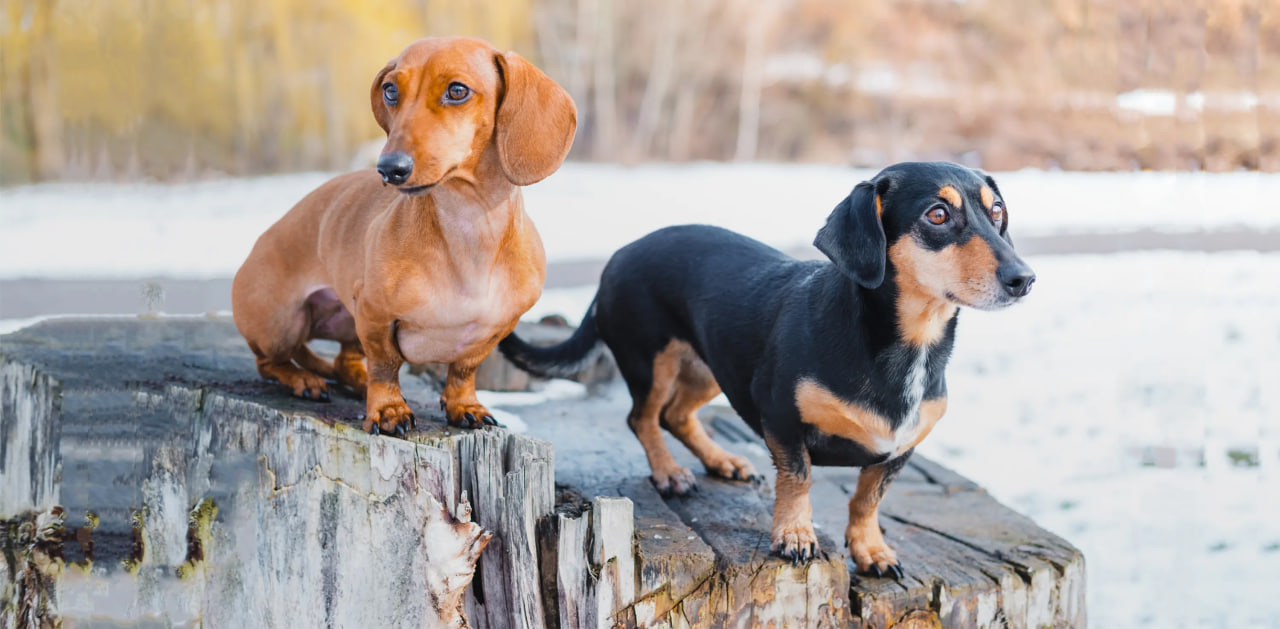
how big do mini dachshunds get
Factors affecting mini Dachshund dog size
Genetics
- Inherited Traits: The size of a Miniature Dachshund is primarily determined by genetic factors passed down from its parents. If both parents are small in size, their offspring are likely to be smaller as well. However, variations can occur across generations, leading to individuals that may be larger than expected.
Nutrition
- Diet: Providing a balanced and nutritious diet is crucial for the proper development of a Miniature Dachshund. The diet should include all essential nutrients necessary for healthy growth.
- Feeding Amount: Adjusting the amount of food according to the dog’s size and energy needs helps to prevent overfeeding or underfeeding.

Factors affecting mini Dachshund dog size
Environment and Care
- Living Space: A spacious and safe living environment supports optimal development for a Miniature Dachshund.
- Healthcare: Regular healthcare, including vaccinations, dental care, and general health check-ups, ensures the dog develops well and achieves optimal size.
Physical Activity
- Regular Exercise: Providing adequate physical activity suitable for the dog’s energy levels helps maintain muscle tone and overall health.
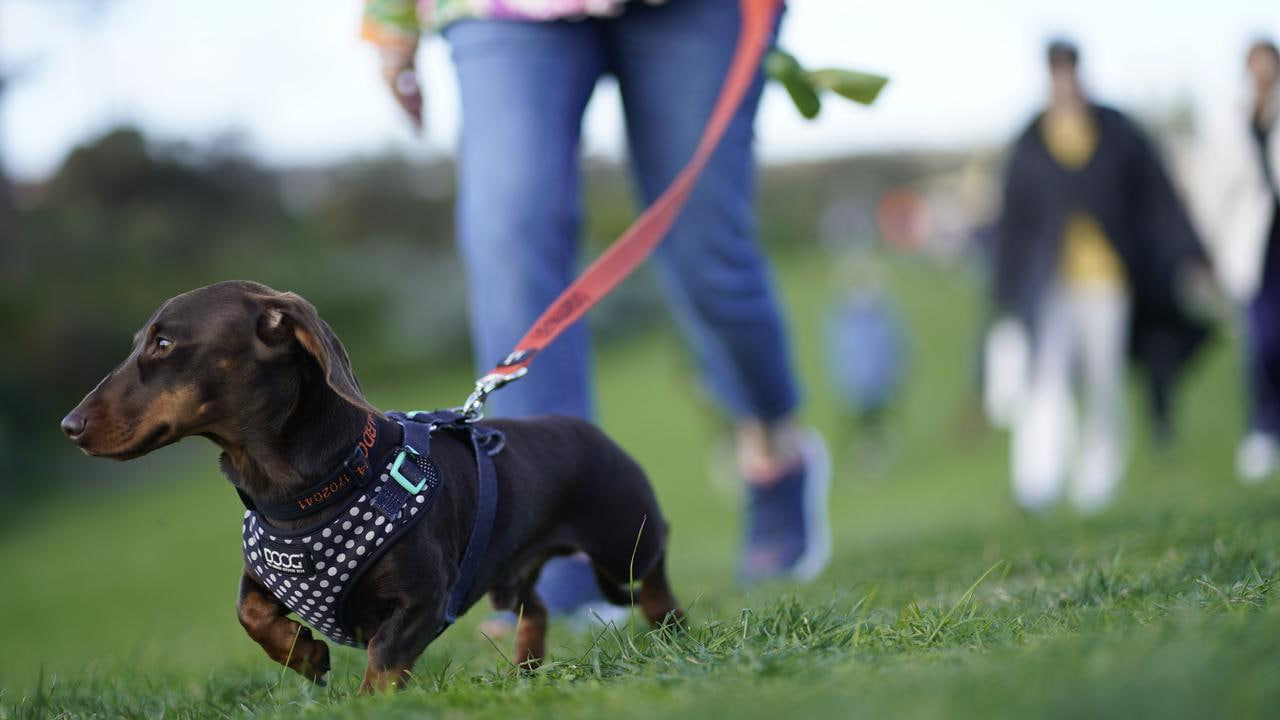
Factors affecting mini Dachshund dog size
What if my puppy’s weight doesn’t correspond with the weight chart ?
What should I do if my puppy’s weight doesn’t correspond with the weight chart? If your puppy isn’t putting on weight, it’s advisable to consult with a veterinarian promptly for a thorough examination. Remember, puppies tend to grow at varying paces and might experience growth spurts – phases of rapid growth, succeeded by periods of slower development. Generally, a robust Dachshund puppy nourished with a nutritious, protein-rich diet should exhibit a consistent weight gain as they mature. However, if your puppy isn’t gaining weight or, more concerningly, is shedding weight, it’s crucial to seek veterinary advice immediately. It’s preferable to address this issue promptly, as an inability to gain weight could signal a severe underlying health condition.
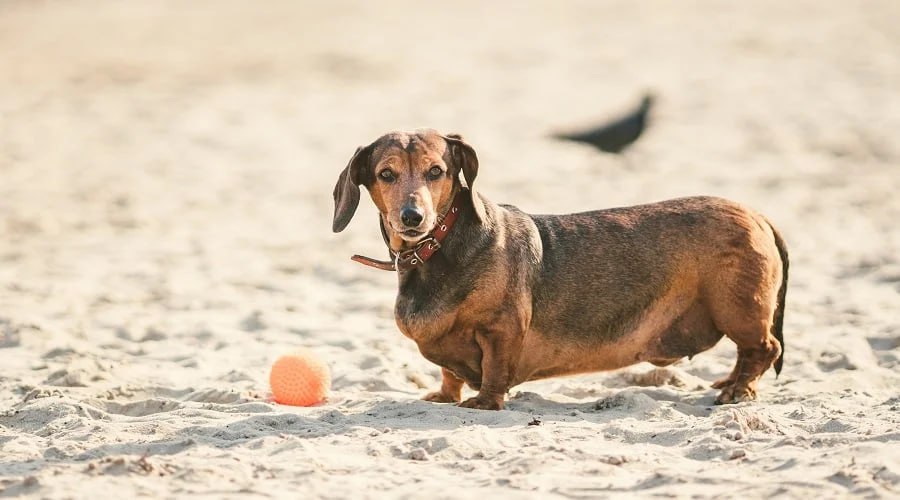
Health Issues of Dachshunds Related to Weight
Obesity Risk
Dachshunds are at high risk of obesity if their diet and calorie intake are not properly controlled. Obesity can lead to serious health issues such as heart disease, diabetes, increased surgical risks, and mobility difficulties.
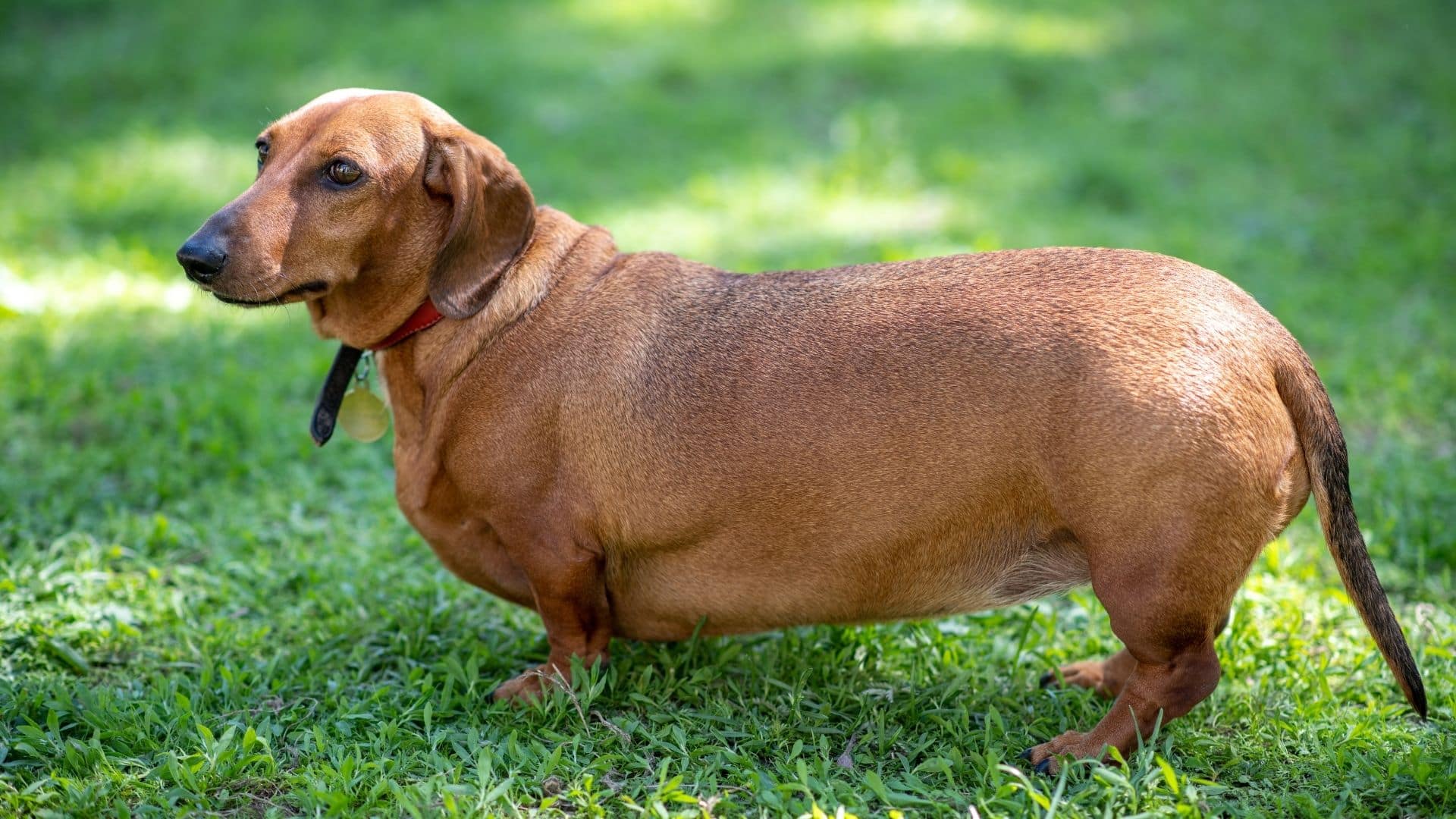
Intervertebral Disc Disease (IVDD)
IVDD is a common issue in Dachshunds, especially those carrying excess weight. It involves the degeneration or herniation of discs in the spine, causing pain and difficulty in movement. This risk is heightened in overweight Dachshunds.

General Concerns
Apart from obesity and IVDD, overweight Dachshunds may also face other weight-related issues including breathing difficulties, joint pain, and reduced tolerance for certain surgeries. Therefore, maintaining ideal weight and regulating nutrition are crucial for ensuring comprehensive health for Dachshunds.
Caring for and managing weight is an essential part of Dachshund care to minimize risks and maintain overall health.
Maintaining a Healthy Size and Weight for Your Small Dachshund
Proper Feeding
- Choose a High-Quality Diet : Select a high-quality dog food appropriate for small breeds or specifically formulated for Dachshunds. Ensure it meets their nutritional needs without excessive calories.
- Control Portion Sizes: Dachshund feeding chart depends largely on age, size, and activity level. Avoid overfeeding and monitor treats to prevent weight gain.
- Avoid Table Scraps: Refrain from feeding table scraps or human food, as it can lead to obesity and digestive issues.
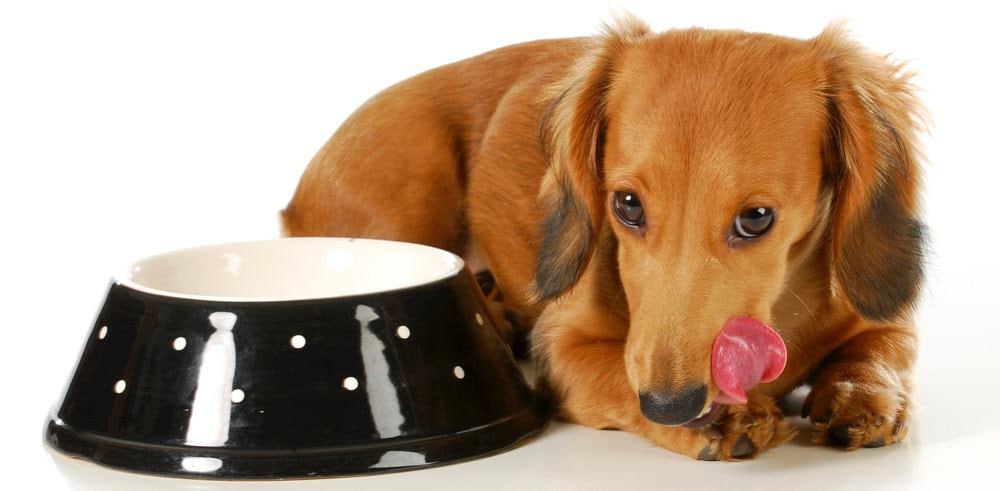
Proper Feeding
Exercise Recommendations
- Regular Walks: Take your Dachshund for daily walks to help maintain their weight and promote cardiovascular health. Be mindful of their back, and use a harness instead of a collar to avoid neck strain.
- Playtime and Mental Stimulation: Engage your Dachshund in interactive play sessions to keep them active and mentally stimulated. This can include playing fetch indoors or using puzzle toys.
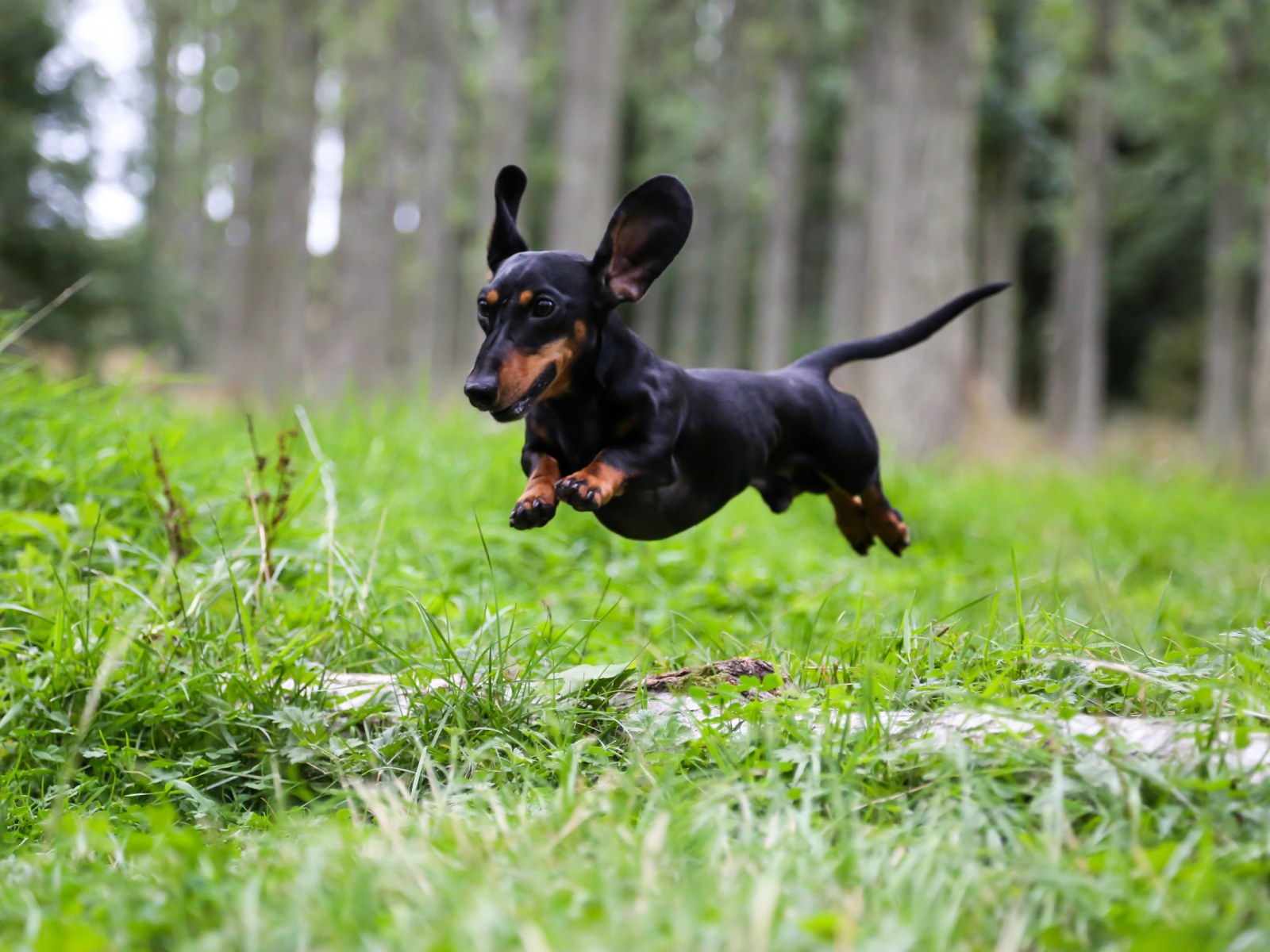
Exercise Recommendations
Regular Veterinary Check-ups
- Health Monitoring: Schedule regular check-ups with your veterinarian to monitor your Dachshund’s weight, overall health, and to discuss any concerns regarding diet or exercise.
- Early Detection: Regular visits can help detect potential health issues early, including obesity-related conditions like IVDD.
By following these guidelines for feeding, exercise, and regular veterinary care, you can help ensure your Dachshund maintains a healthy size and weight, promoting their overall well-being and longevity.
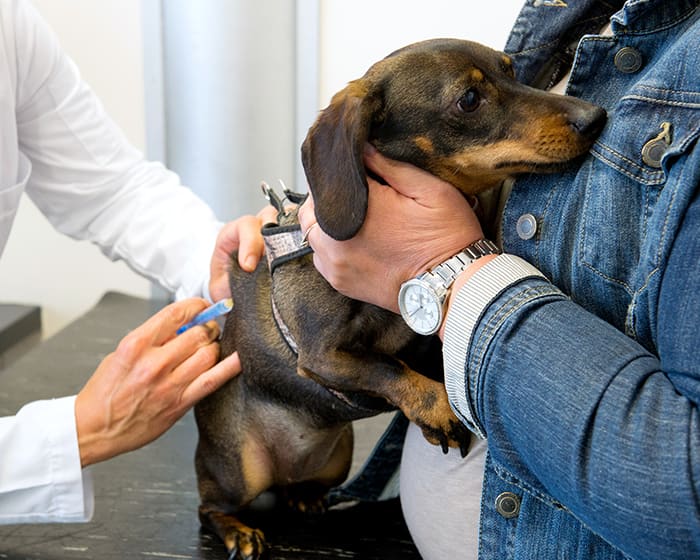
FAQs
Q : What is the average size of a Mini Dachshund?
- A Miniature Dachshund typically stands between 5 to 7 inches (13 to 18 cm) in height at the shoulder.
Q : How much do dachshunds weigh?
Q : Do Mini Dachshunds come in different sizes?
- Yes, Dachshunds come in three coat types (smooth, long-haired, and wire-haired) and two sizes (Standard and Miniature). Mini Dachshunds are smaller than their Standard counterparts.
Q : At what age are Mini Dachshunds fully grown?
- Mini Dachshunds typically reach their full adult size by around 12 months of age, although growth can vary between individuals.
Q : How does size affect Mini Dachshund’s health?
- Size can influence health, especially in terms of weight management. Maintaining a healthy weight is crucial for preventing issues such as back problems, which Dachshunds are prone to due to their elongated bodies.
Conclusion
In conclusion, understanding how big do Mini Dachshunds get is essential for prospective owners. Miniature Dachshunds typically stand between 5 to 7 inches tall and weigh between 8 to 11 pounds when fully grown. This breed’s size makes them suitable for apartment living while requiring regular exercise and proper weight management to stay healthy. By providing a balanced diet, adequate exercise, and regular veterinary care, owners can ensure their Mini Dachshunds thrive and maintain their ideal size. For more information on how big Mini Dachshunds get and their care, consult with a reputable breeder or veterinarian.

Cuddle Companions is your go-to resource for everything you need to keep your furry friends happy and healthy. We specialize in providing detailed and helpful information about the best foods, treats, and care practices for pets of all kinds. Whether you’re a seasoned pet owner or a new puppy parent, our team of experienced and passionate experts is dedicated to offering reliable advice and recommendations. At Cuddle Companions, we believe that a well-cared-for pet is a happy pet, and we’re here to help you every step of the way. Visit us at [bestdogfoodfordachshunds.net] for more information and resources.

